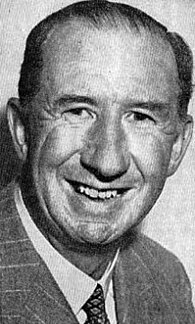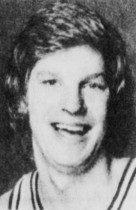Arthur M. Squires (21 March 1916–18 May 2012) was a chemical engineer and member of the Manhattan Project. [1] He was later on the chemical engineering faculties of the City College of New York and Virginia Tech, where he was professor. [2]
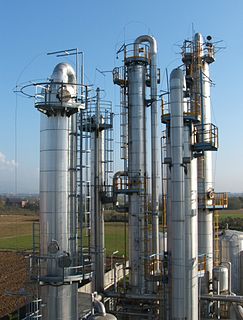
In the field of engineering, a chemical engineer is a professional, who is equipped with the knowledge of chemical engineering, works principally in the chemical industry to convert basic raw materials into a variety of products, and deals with the design and operation of plants and equipment. In general, a chemical engineer is one who applies and uses principles of chemical engineering in any of its various practical applications; these often include 1) design, manufacture, and operation of plants and machinery in industrial chemical and related processes ; 2) development of new or adapted substances for products ranging from foods and beverages to cosmetics to cleaners to pharmaceutical ingredients, among many other products ; and 3) development of new technologies such as fuel cells, hydrogen power and nanotechnology, as well as working in fields wholly or partially derived from chemical engineering such as materials science, polymer engineering, and biomedical engineering.

The Manhattan Project was a research and development undertaking during World War II that produced the first nuclear weapons. It was led by the United States with the support of the United Kingdom and Canada. From 1942 to 1946, the project was under the direction of Major General Leslie Groves of the U.S. Army Corps of Engineers. Nuclear physicist Robert Oppenheimer was the director of the Los Alamos Laboratory that designed the actual bombs. The Army component of the project was designated the Manhattan District; Manhattan gradually superseded the official codename, Development of Substitute Materials, for the entire project. Along the way, the project absorbed its earlier British counterpart, Tube Alloys. The Manhattan Project began modestly in 1939, but grew to employ more than 130,000 people and cost nearly US$2 billion. Over 90% of the cost was for building factories and to produce fissile material, with less than 10% for development and production of the weapons. Research and production took place at more than 30 sites across the United States, the United Kingdom, and Canada.

The City College of the City University of New York is a public senior college of the City University of New York (CUNY) in New York City.
He was a native of Neodesha, Kansas, and died at Blacksburg, Virginia. His first degree was from the University of Missouri; his PhD, in physical chemistry, was awarded by Cornell University. [2]
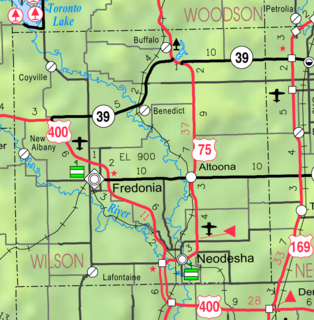
Neodesha is a city in Wilson County, Kansas, United States. As of the 2010 census, the city population was 2,486. The name is derived from the Osage Indian word, Ni-o-sho-de, and is translated as The-Water-Is-Smoky-With-Mud.
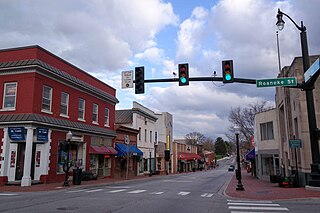
Blacksburg is an incorporated town in Montgomery County, Virginia, United States, with a population of 42,620 at the 2010 census. Blacksburg, as well as the surrounding county, is dominated economically and demographically by the presence of Virginia Tech.

The University of Missouri is a public, land-grant research university in Columbia, Missouri. It was founded in 1839 as the first public institution of higher education west of the Mississippi River. The state's largest university, it enrolled 30,870 students in 2017 and offered over 300 degree programs in 21 academic divisions. It is the flagship campus of the University of Missouri System, which also has campuses in Kansas City, Rolla, and St. Louis. There are more than 300,000 MU alumni living worldwide with over one half residing in Missouri.
He also wrote several books, including The Tender Ship, which defends his thesis that governments are usually incompetent managers of technology projects. [3]
